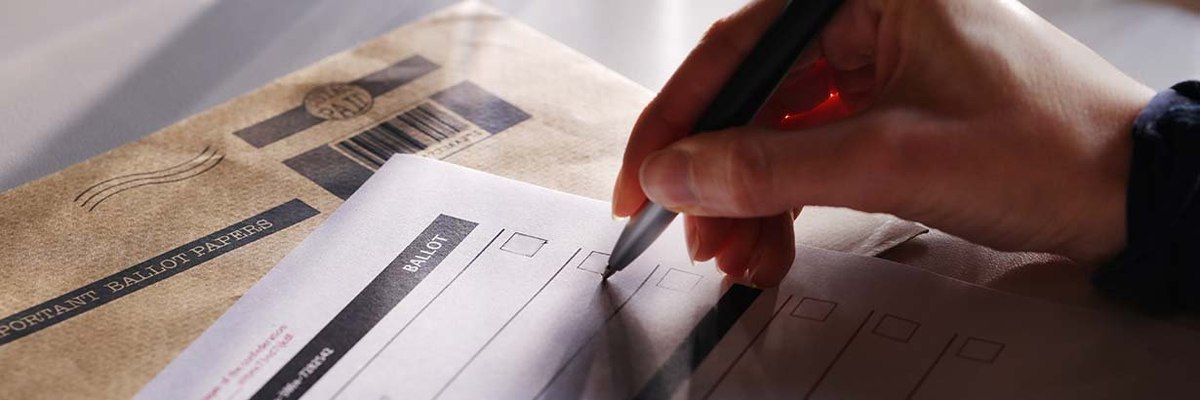Undecideds are particularly likely to have voted Conservative in 2019, and be female
With one week to go until the election, around one in eight of the public are still to make their mind up on how they’ll vote. But who are these “undecideds”, and how might they end up voting - if indeed they turnout at all?
Please note this data is of England undecided voters only.
Looking at their demographics, current undecided voters have a very similar age profile to the overall public. There is a big difference to the population when it comes to gender, however, with two thirds (67%) of undecideds being female. Politically, these voters are far more likely to have voted Conservative at the last election than Labour (43% to 15%) and Leave at the 2016 EU referendum (43% to 30% for Remain).
To explore what these voters might do on 4 July, we asked them how likely they would be to vote for each of the five main parties standing in England, on a scale of 0-10. Anyone who gave a party a 6/10 or more on this scale, and didn’t give another party a higher score, was classified as likely to vote for that party.
Additionally, we categorised anyone who gave a score of 5 or lower on a 0-10 scale asking how likely they are to vote at the election as being unlikely to vote in the first place.
Combining these two measures we find that one in eleven undecided voters are likely to vote for the Conservatives (9%) and the same number for Labour. One in twenty are categorised as likely Liberal Democrat voters (5%), 4% Green and 3% Reform UK. A quarter of the undecided voters are unlikely to actually vote.
This leaves 45% of the overall sample of people who are “truly undecided”, having told us they are at least 6/10 likely to vote at the election, but even with one week to go won’t commit to a party. This group accounts for 6% of the entire public.
In an attempt to predict which way these “truly undecided” voters are most likely to lean, we can first look at their past voting habits. We find that 45% of this pool backed the Conservatives in the 2019 general election, significantly more than the proportion who voted Labour (15%). One in twelve voted Liberal Democrat (8%), while 7% voted for another party. Three in ten (26%) of this group didn’t vote last time, or can’t recall their vote.
Naturally, if they voted the same way as they did last time this would benefit the Conservatives over other parties, albeit very marginally when we take into account the size of this group within the overall voter pool.
However, the electorate has changed significantly over the last five years, with the national Conservative vote share in England less half of what it was at the last election (20%, down from 47%). It may therefore be unwise to assume these voters they will return to the Tories. In fact, when asked to say how much they like the Conservative party, just a quarter 25% of these unsure voters who backed the Tories in 2019 gave a score of 6/10 or higher.
For those with a keen eye on politics, it may feel like we are in the endgame of the election campaign, but many voters will only tune in for the last few days. It would be ideal for us pollsters if all voters gave us the party they plan to vote for well ahead of election day and stuck to it. We have to accept though, that for some people, the decision won’t come until they are stood in the polling station, pencil in hand.
What do you think about the different parties, the election campaign in general, and everything else? Have your say, join the YouGov panel, and get paid to share your thoughts. Sign up here
Photo: Getty









